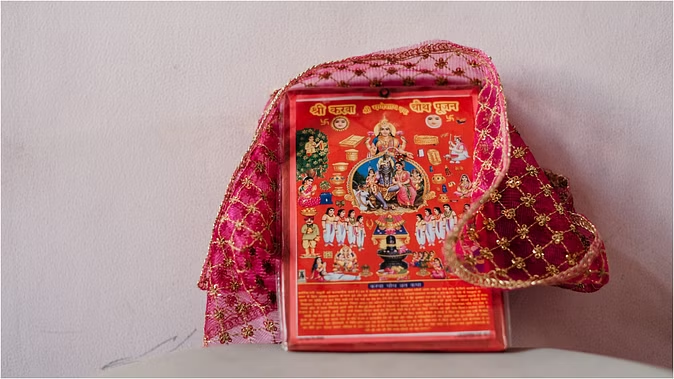History of chutney: Chutney and pickles have great importance in Indian food. The sour, sweet, or pungent taste of chutney enhances the taste of food. It can be stored for a long time, thus it helps in keeping the food fresh during travel. The most common is a chutney made with coriander, mint, mango, and garlic, but there are many other types of chutney in India. Let us find out when chutney making started in India.

The word chutney is derived from the Sanskrit word "chatni", which means "to lick". The history of chutney in India is very old. Chutney is believed to have originated in the 17th century. Once when Mughal emperor Shahjahan fell ill, his physician asked him to eat spicy food. After this, Shahjahan cooked mixed things like mint, ajal, coriander, cumin, garlic, and dry ginger ground them well, and prepared a chutney. The cook also added salt, chili, and other spices to the chutney as per requirement. After tasting the chutney, Hakim said to eat it in small quantities with food. After this incident, chutney started being served with other food.
Chutney was invented by mistake!
Chutney may be mentioned during the 17th century, but many historians and food experts believe that the history of chutney is thousands of years old. It is possible that our ancestors also made a thick paste by grinding raw things. Many historians say that chutney was invented due to a mistake or accident. Different types of fruits and different spices are also used to make chutney.
Spread of chutney in India:

Chutney spread in different parts of India during the Mughal period. The Mughal rulers introduced many new dishes and spices to India, including chutney. Chutney was spread by the Mughals to different parts of India, making it an integral part of Indian cuisine. Today, there are many different varieties of chutney in India. Some popular chutneys include mango, curd, coriander, mint, garlic, chili, tamarind, and fruit and vegetable chutneys. Chutney is an important part of Indian food. It makes food delicious and nutritious and is a symbol of India's rich heritage.
Photo Credits: Google










